Monthly Archives: December 2010
- Wednesday, December 22, 2010
We've previously discussed how the combination of silver and carbon nanotubes can be used to create more efficient water purification filters, now you can see a little bit about how this filter is made thanks to Technology Review and Stanford University. You can read more about the process here.
- Wednesday, December 22, 2010
Just a reminder, but the Sterlitech office will be closed for the holiday tomorrow and Friday and we will reopen on Monday, December 27th. Have a happy and safe holiday weekend!
- Tuesday, December 21, 2010
When counting bacteria as part of epifluorescent microscopy we generally recommend using the black polycarbonate membranes instead of cellulose membranes. This is because the black polycarbonate materials have a uniform pore size and flat surface that will retain all of the bacteria without trapping any inside of the filter. Though cellulose membranes will retain bacteria, it often will become trapped inside of the filter, where it cannot be counted.
- Friday, December 17, 2010
Is nothing sacred? In the news today came word that the period table is changing the atomic weights of 10 elements. Instead of being listed as one static value, the atomic weight for these elements will now be displayed as a a range that will more accurately reflect how the elements actually appear in nature. The change is being made after decades of study and this is the first time in the history of the periodic table that any atomic weights will be altered. Measuring the variance of atomic weights is being used in real world applications for everything from analyzing food purity, to determining which athletes are using performance enhancing drugs! The elements being changed are: Boron, carbon, chlorine, hydrogen, lithium, nitrogen, oxygen, silicon, sulfur, and thallium. I hope this doesn't mean we'll have to memorize the table all over again... You can read more about the change here or here.
- Monday, December 06, 2010
Recently one of our customers was interested in testing Legionella bacteria and asked us how our polycarbonate membranes fit into the process mentioned on our website. If you are unfamiliar with Legionella, it is a waterborne pathogen commonly found in aerosolized waters such as cooling towers, showers, and humidifiers, and it is best known as the cause of Legionnaire’s Disease as well as Pontiac Fever. Its name originated from an outbreak that occurred at the 1976 convention of the American Legion in Philadelphia.
There are actually two areas in which membranes are used in regards to Legionella: Sample preparation and point-of-use filtration. For sample preparation the CDC (Centers for Disease Control) recommends using a 0.2 micron, 47mm polycarbonate filter to extract Legionella bacterium from potable water. Non potable water utilizes a direct plating procedure.
Point of use filtration frequently - Thursday, December 02, 2010
The good people at ASTM (American Society for Testing and Materials) have released their standard for determining the Silt Density Index of water. If you're interested in learning more about it, you can preview the document here. You can also look at our very own SDI test kits here.


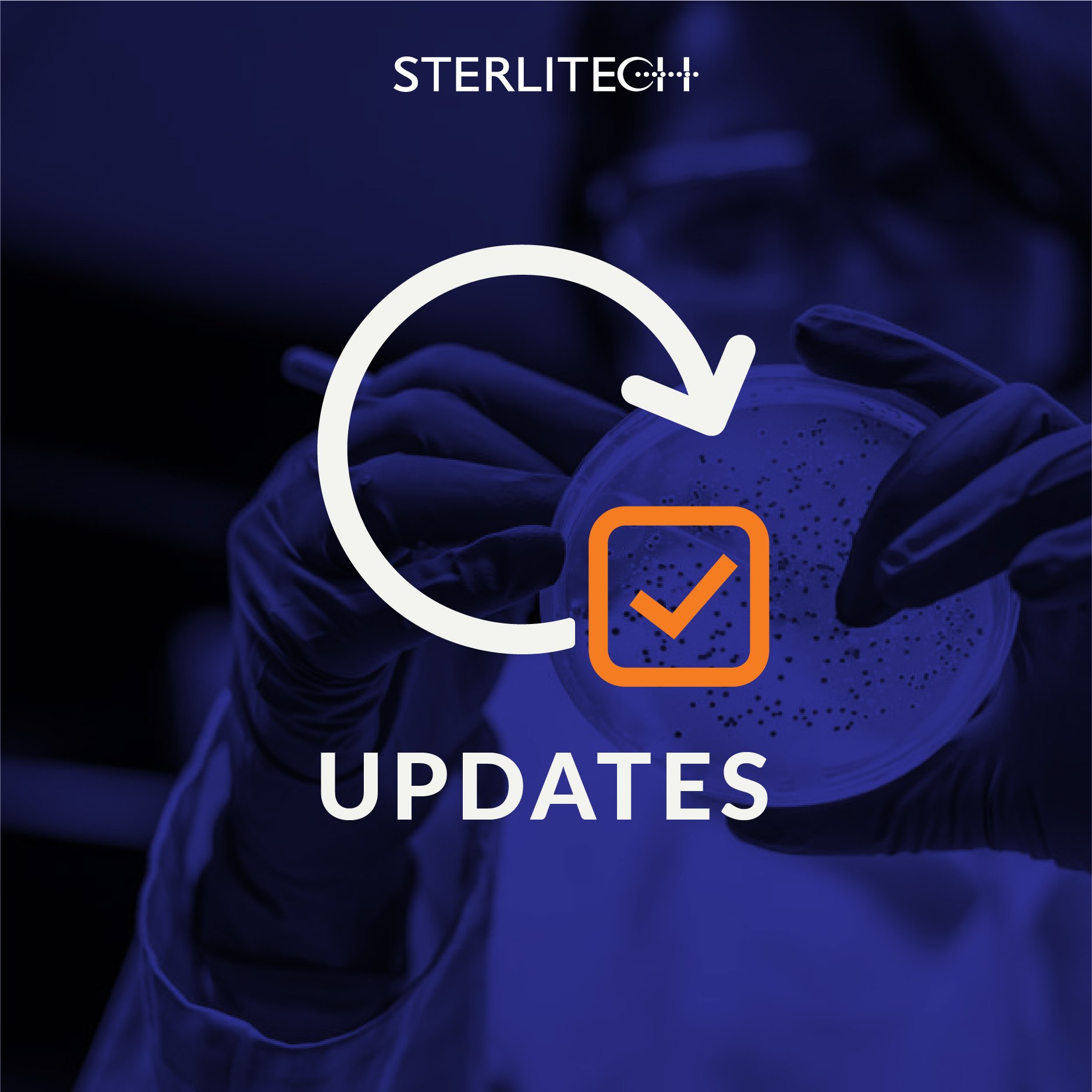
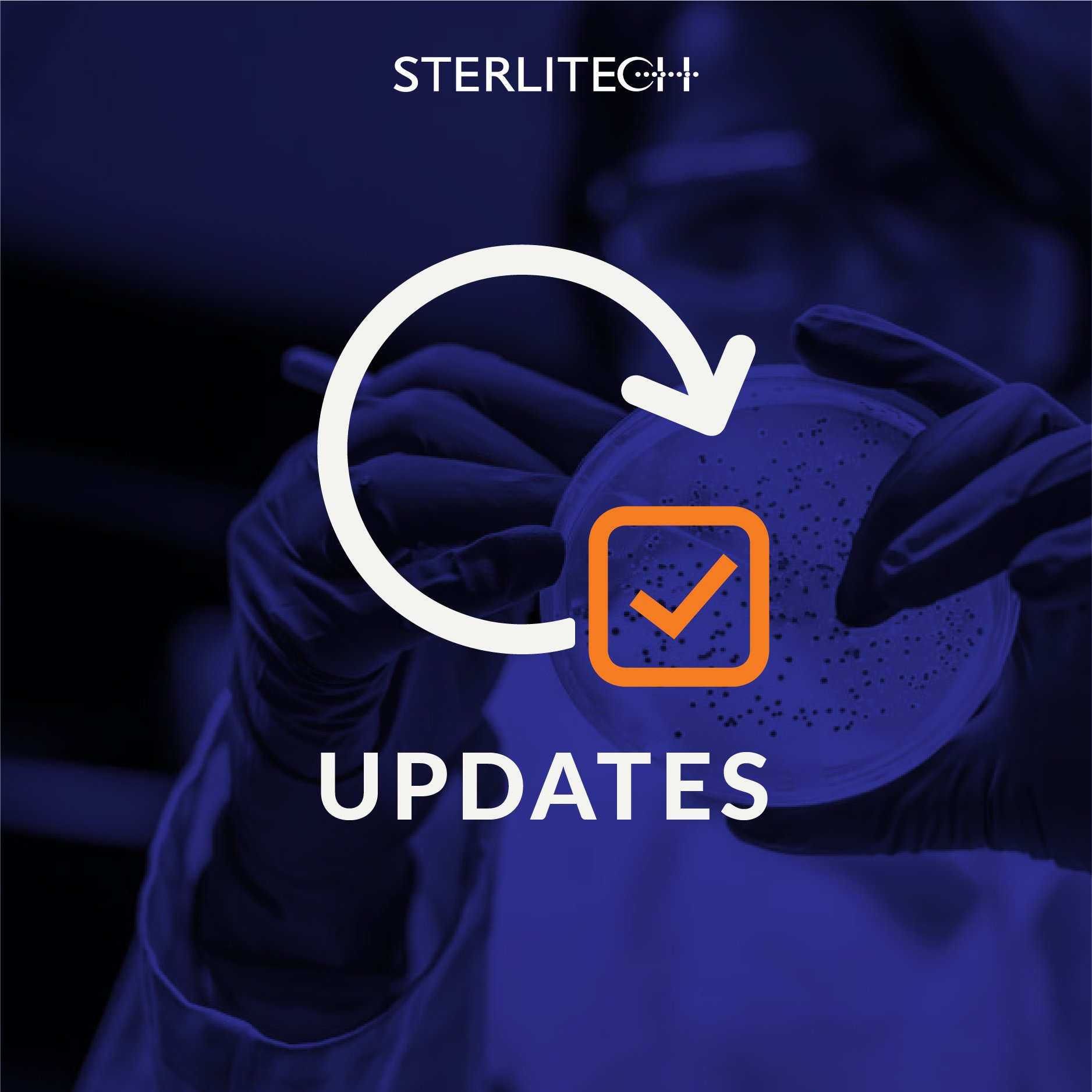
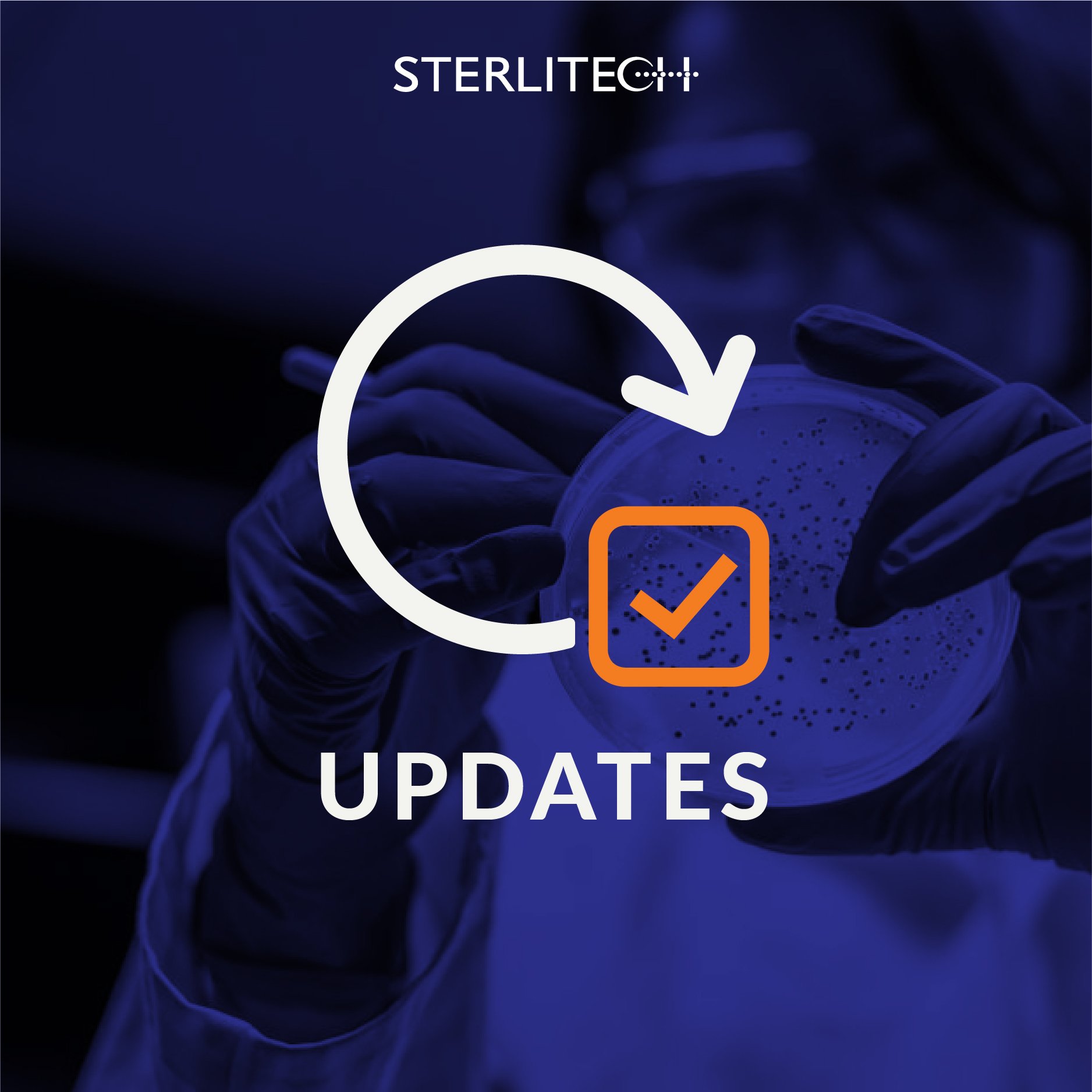
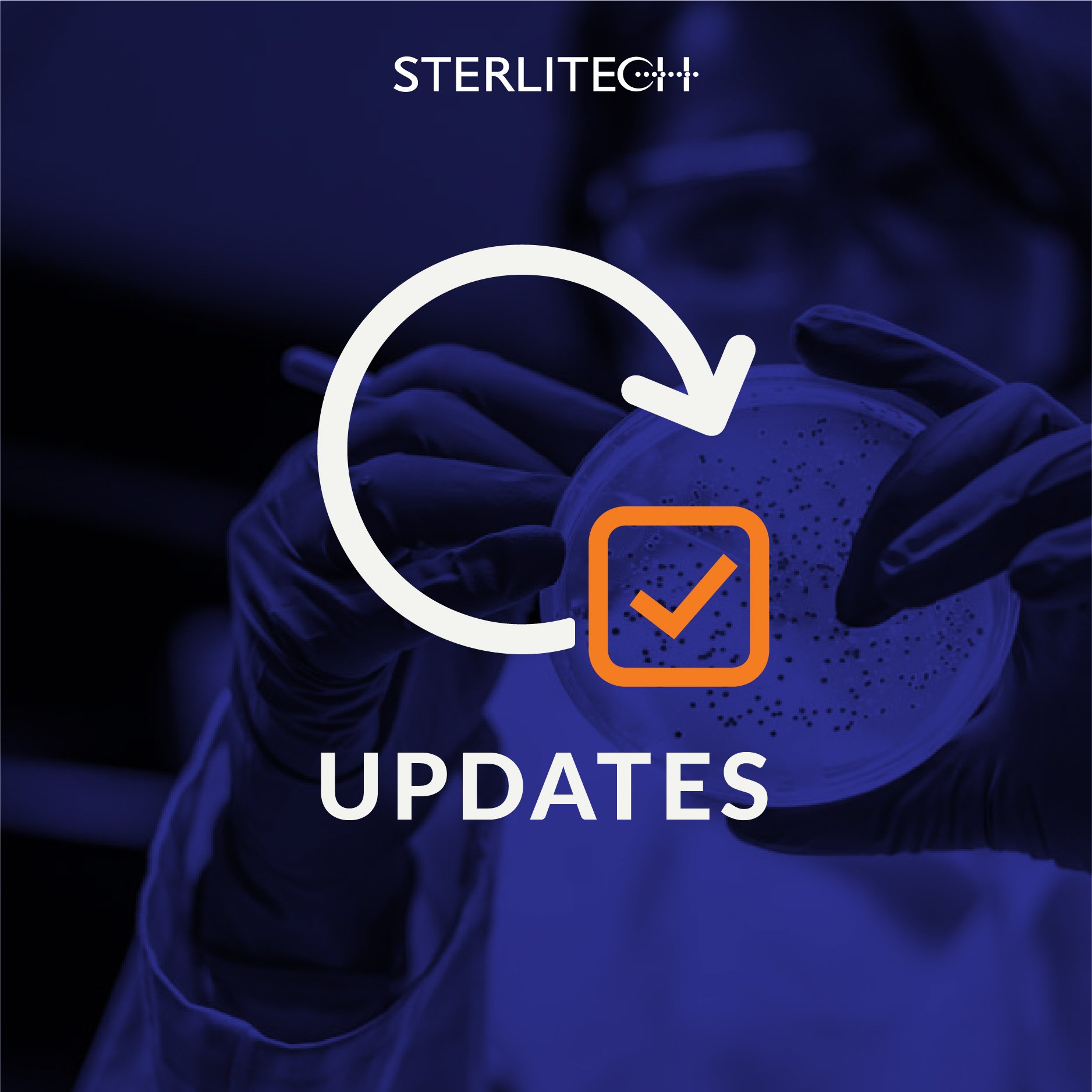
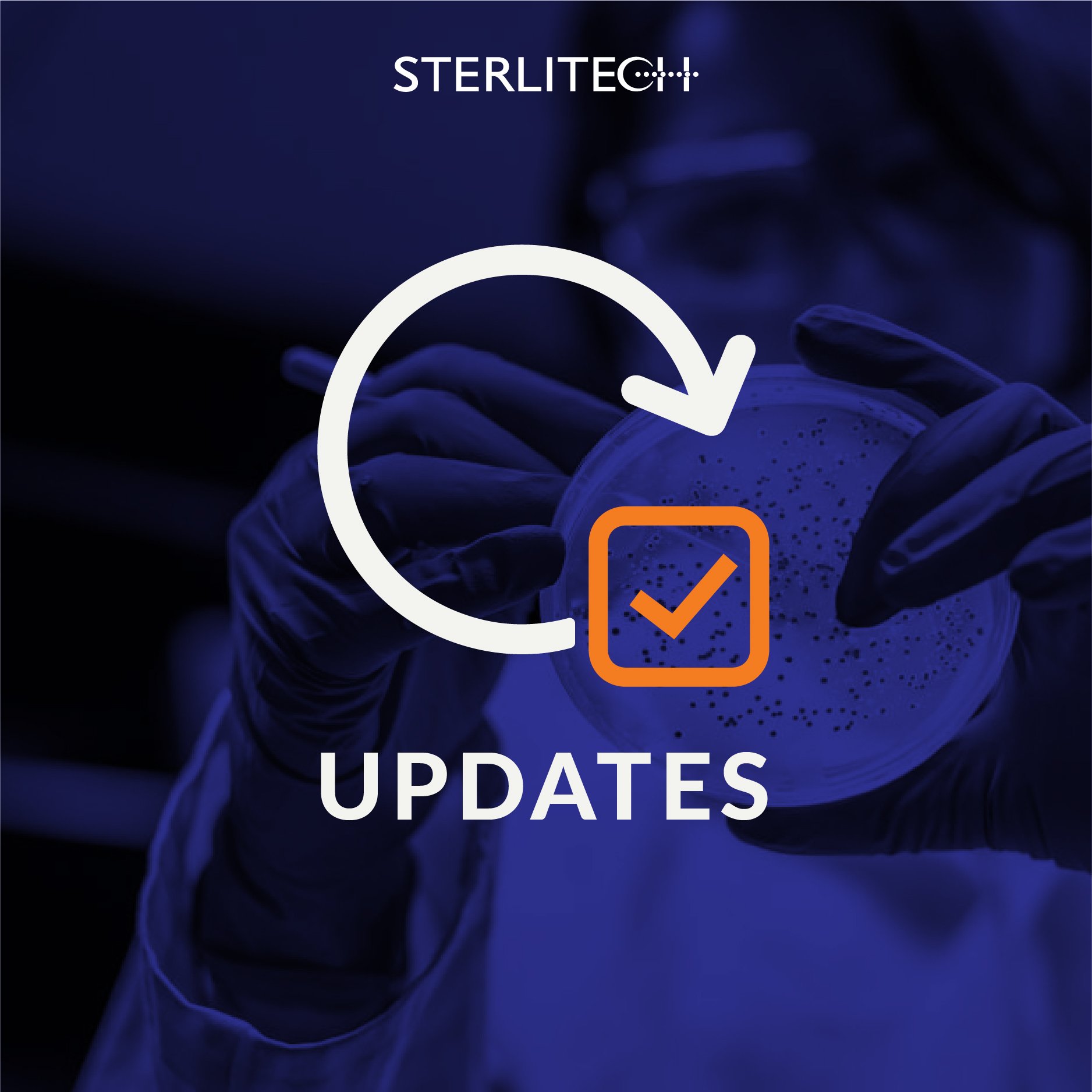
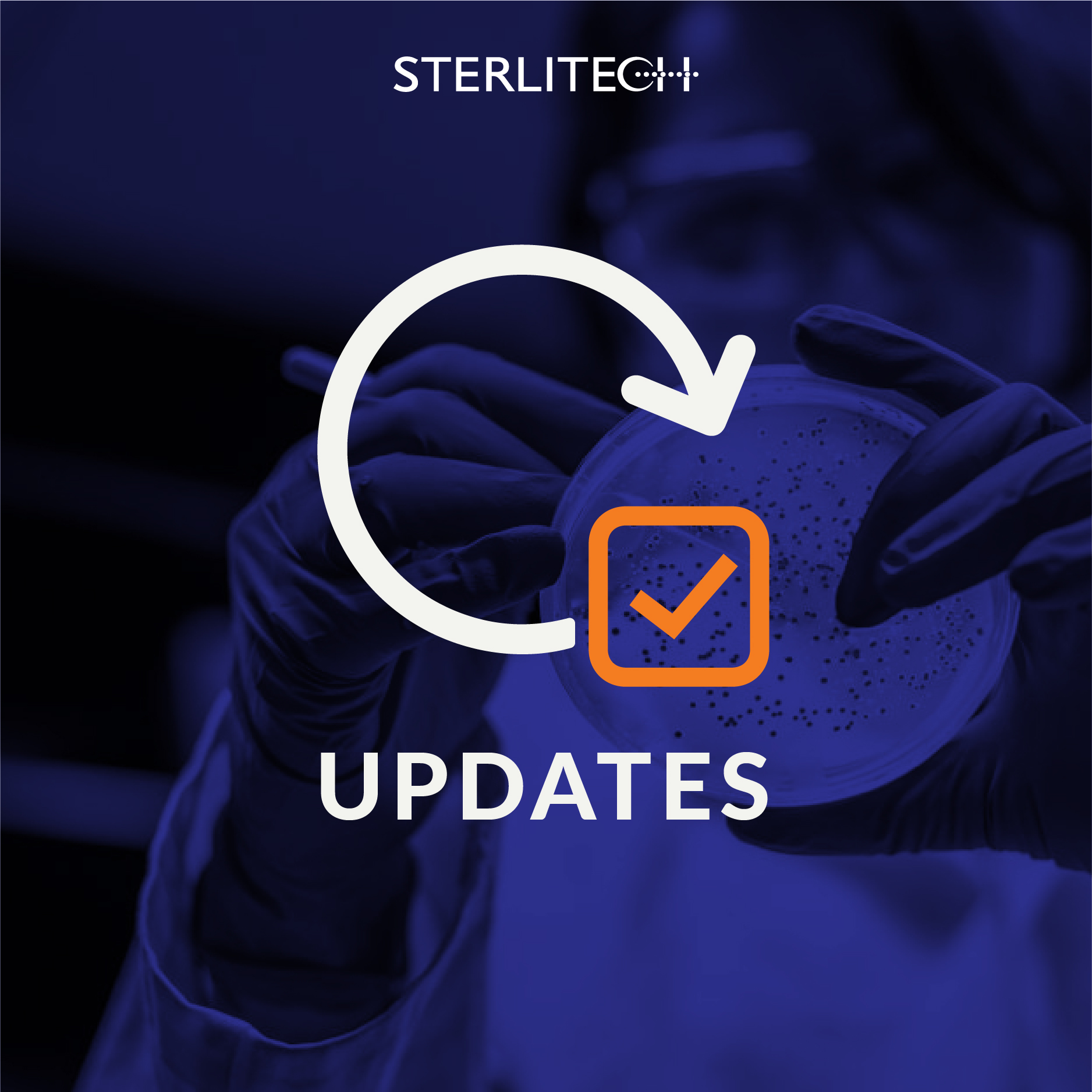
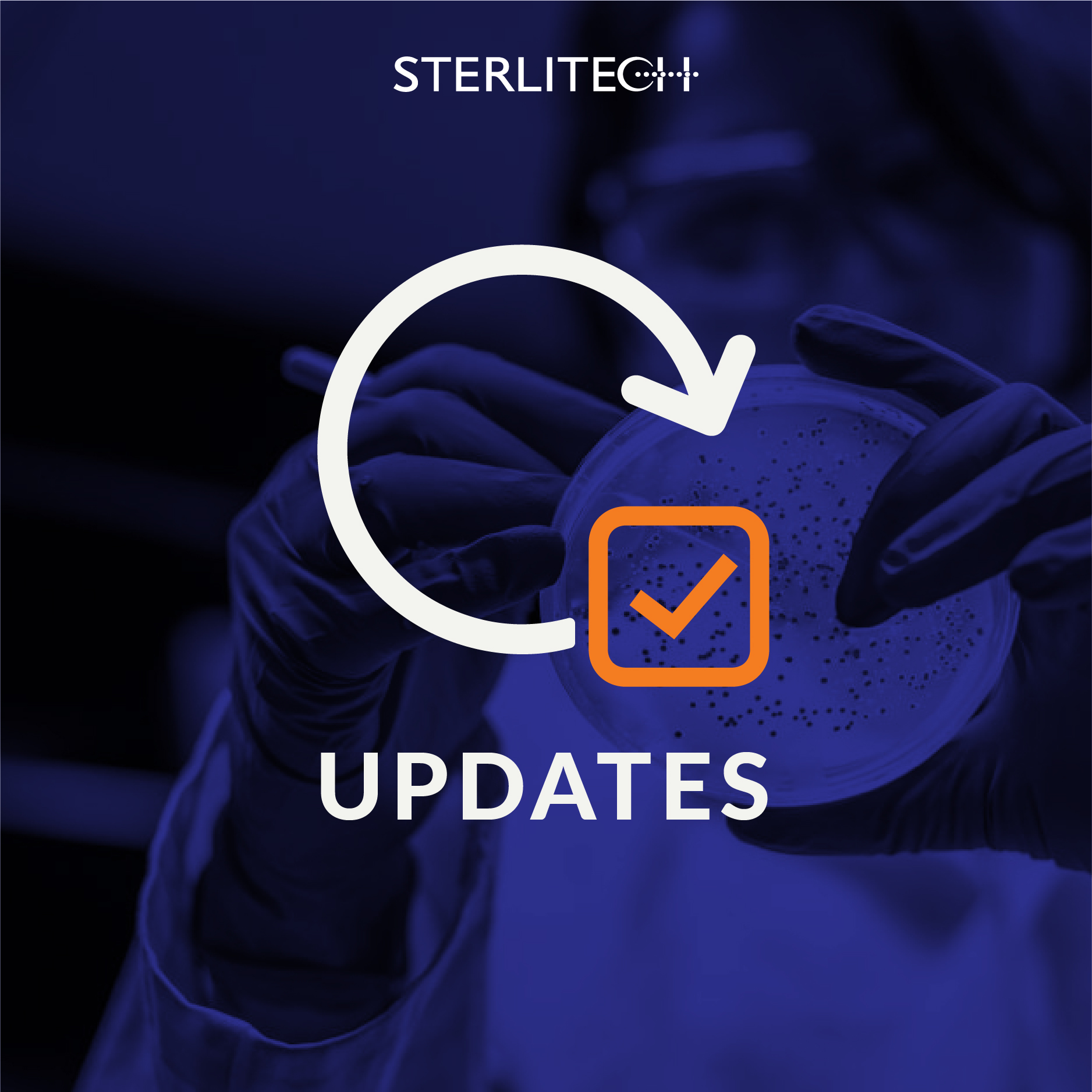
![Join Sterlitech at BIO 2024 [Booth #5558]: Exploring the Future of Biotechnology](https://www.sterlitech.com/media/magefan_blog/b4.jpeg)

